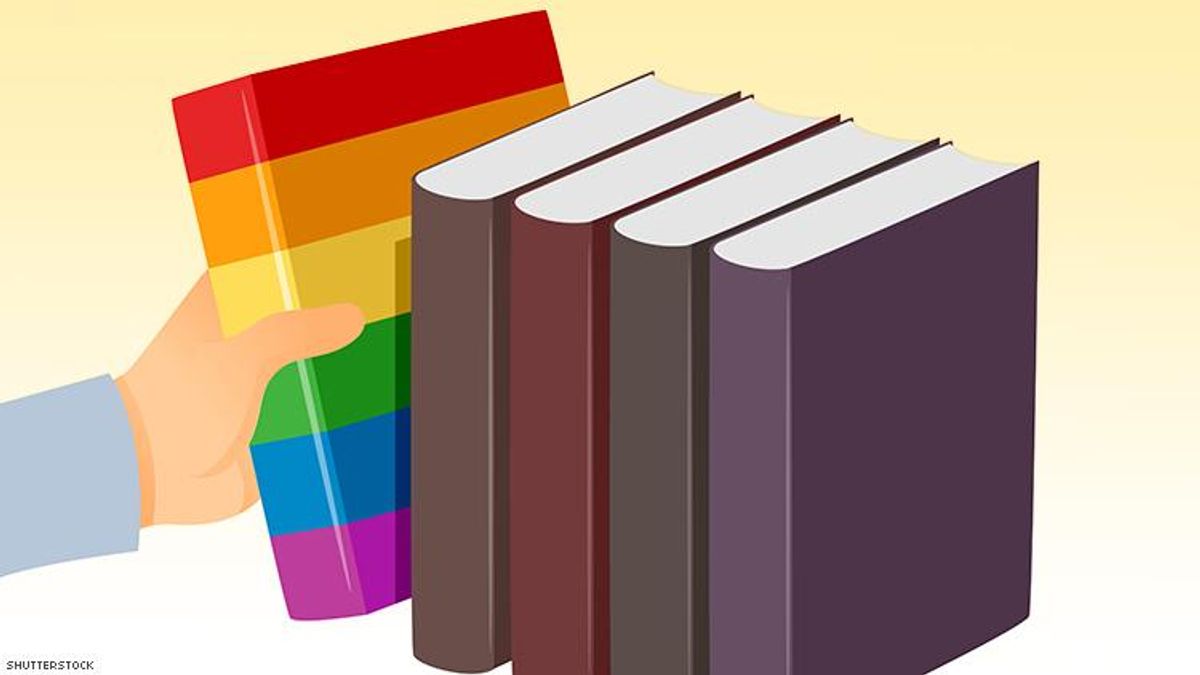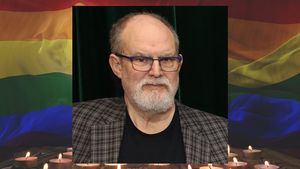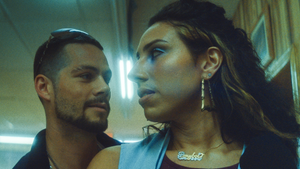As students head back to school this month, Colorado, Illinois, New Jersey, and other states are experimenting with educational curricula that incorporate LGBTQ terminology and themes.
These curricular changes begin to address the absence of LGBTQ narratives in classrooms. For example, in Illinois, history class will finally cover the evolution of American gay activism and the AIDS epidemic. In Colorado, students in elementary school will read about a family with two moms.
As exciting as they may be, these mandates will only succeed if they are accompanied by substantial, state-led investments in LGBTQ-inclusive materials and training for educators -- commitments most states have yet to make.
The recent legislation is well-intentioned and well-informed. Despite national gains in acceptance of LGBTQ people, many schools remain unwelcoming -- even dangerous -- for LGBTQ students. In 2018, the Human Rights Campaign found that only 26 percent LGBTQ students always feel safe on school grounds, and just 13 percent hear positive messaging about being LGBTQ.
Empirical evidence suggests that curriculum changes can make a difference: LGBTQ students in schools with inclusive curricula are less likely to hear homophobic remarks and experience physical harm. They skip class less often, earn higher GPAs, and are more likely to attend college. And all students -- not just LGBTQ students -- benefit from diverse and inclusive classrooms; exposure to diverse narratives increases empathy, while insular environments stunt growth across a range of characteristics, from critical thinking to self-confidence.
Unsurprisingly, educators generally support inclusive curricula. In a 2017 study, the majority of English teachers said they would be comfortable discussing LGBTQ issues in the classroom, and 60 percent would be comfortable encouraging LGBTQ literature for independent reading.
If teachers and students are aligned in their desire for inclusive classrooms, why does the school climate continue to languish? Will state-mandated curriculum changes help?
I returned to my own rural high school searching for answers. Growing up in a 1,900-person town in rural New York, I rarely saw LGBTQ people or issues represented in a positive light. My high school classes reliably ignored LGBTQ themes, whether in history, literature, or sex education. Homophobic insults were a daily reality and did not faze most students or teachers.
I spoke with my former teachers; they expressed deep commitment to LGBTQ inclusion but were uncertain about which specific resources to use and how to incorporate these topics appropriately. Budget cuts were an added constraint; when I was a student, we didn't have funds to support a sports program, much less invest in LGBTQ-inclusive materials. I saw that, for my teachers, cultivating inclusion could be a herculean effort: navigating nuanced terminology, political boobytraps, and unfamiliar content -- all on a shoestring budget.
My teachers were not alone in facing these obstacles to promoting inclusive classrooms: a recent study found that less than a quarter of English teachers felt informed about LGBTQ-inclusive reading resources, and most felt ill-equipped to integrate inclusive materials into their curricula without guidance. Many cited budget constraints as a barrier in acquiring LGBTQ-materials, especially in rural areas.
After my high school visit, I founded Hope in a Box, a nonprofit that provides LGBTQ-inclusive books, multimedia, and curriculum to teachers. National organizations such as the Human Rights Campaign sponsor diversity training for educators and advocate for LGBTQ-inclusive anti-bullying policies. Still, these efforts lack the scale of statewide interventions.
If state mandates are to be effective, states must meaningfully support educators in acquiring and utilizing inclusive materials in class. Illinois's pledge, for example, to simply draft a list of inclusive textbooks is insufficient. To start, states should help develop new curricula, sponsor diversity training for counselors, administrators, and educators, and provide funding for new textbooks and multimedia. State officials and policymakers should continually consult educators via working groups and broad-based surveys to understand how state dollars -- and future legislative reforms -- can best cultivate inclusion. There should be a digital platform for educators to jointly develop and share inclusive materials.
Absent substantial commitments like these, state mandates will only be symbolic. Well-meaning educators will continue to have their hands tied, and in more conservative areas, unenthusiastic teachers and administrators will have compelling excuses to evade the requirements. California is an instructive example; eight years after LGBTQ-inclusion mandate became law, Reuters reports that many teachers are only just starting to incorporate LGBTQ content into lesson plans.
This summer, I received a call from a teacher in Kansas who had worked my nonprofit to diversify literature in her English class. She explained that one of her students -- Arthur, a transgender 10th-grader -- had almost taken his own life. He reached out to her for help because she was the only teacher in their school who assigned books by LGBTQ authors and with LGBTQ protagonists; he knew she was an ally, and she got him the help he needed.
Inclusive classrooms can ensure that no student ends up in Arthur's position. They can help the next generation understand the role of LGBTQ people in history and society and, in doing so, save lives. With the help of nonprofits like Hope in a Box, states must equip teachers with the resources and training they need to translate bold legislation into genuine inclusion.
Joe English is the founder of Hope in a Box, which supports educators, librarians, and administrators primarily through book donations and curriculum assistance.


















































































Here's our dream all-queer cast for 'The White Lotus' season 4